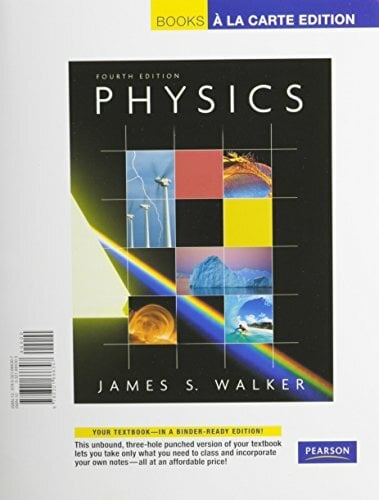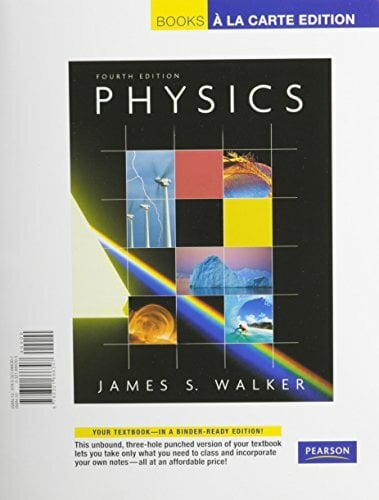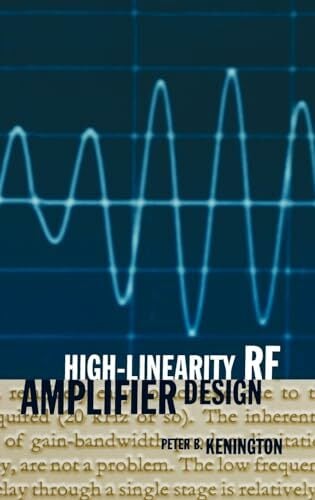
Electromagnetic Radiation: Variational Methods, Waveguides and Accelerators
Kurzinformation
inkl. MwSt. Versandinformationen
Artikel zZt. nicht lieferbar
Artikel zZt. nicht lieferbar

Beschreibung
Julian Schwinger was already the world¿s leading nuclear theorist when he joined the Radiation Laboratory at MIT in 1943, at the ripe age of 25. Just 2 years earlier he had joined the faculty at Purdue, after a postdoc with OppenheimerinBerkeley,andgraduatestudyatColumbia. Anearlysemester at Wisconsin had con?rmed his penchant to work at night, so as not to have to interact with Breit and Wigner there. He was to perfect his iconoclastic 1 habits in his more than 2 years at the Rad Lab. Despite its deliberately misleading name, the Rad Lab was not involved in nuclear physics, which was imagined then by the educated public as a esoteric science without possible military application. Rather, the subject at hand was the perfection of radar, the beaming and re?ection of microwaves which had already saved Britain from the German onslaught. Here was a technology which won the war, rather than one that prematurely ended it, at a still incalculable cost. It was partly for that reason that Schwinger joined this e?ort, rather than what might have appeared to be the more natural project for his awesome talents, the development of nuclear weapons at Los Alamos. He had got a bit of a taste of that at the ¿Metallurgical Laboratory¿ in Chicago, and did not much like it. Perhaps more important for his decision to go to and stay at MIT during the war was its less regimented and isolated environment. von Schwinger, J. und Milton, Kimball A.
Produktdetails

So garantieren wir Dir zu jeder Zeit Premiumqualität.
Über den Autor

- Hardcover
- 392 Seiten
- Erschienen 2008
- World Scientific Publishing...

- Gebunden
- 757 Seiten
- Erschienen 2010
- Wiley-VCH

- paperback
- 154 Seiten
- Erschienen 2024
- Shaker

- hardcover
- 304 Seiten
- Erschienen 2011
- SciTech Publishing Inc

- paperback
- 680 Seiten
- Erschienen 2010
- Wiley-VCH

- Gebunden
- 659 Seiten
- Erschienen 2016
- Springer

- paperback
- 388 Seiten
- Erschienen 2011
- Lippincott Williams and Wil...

- Gebunden
- 207 Seiten
- Erschienen 2021
- Wiley-VCH

- Kartoniert
- 836 Seiten
- Erschienen 2021
- Springer Vieweg




































